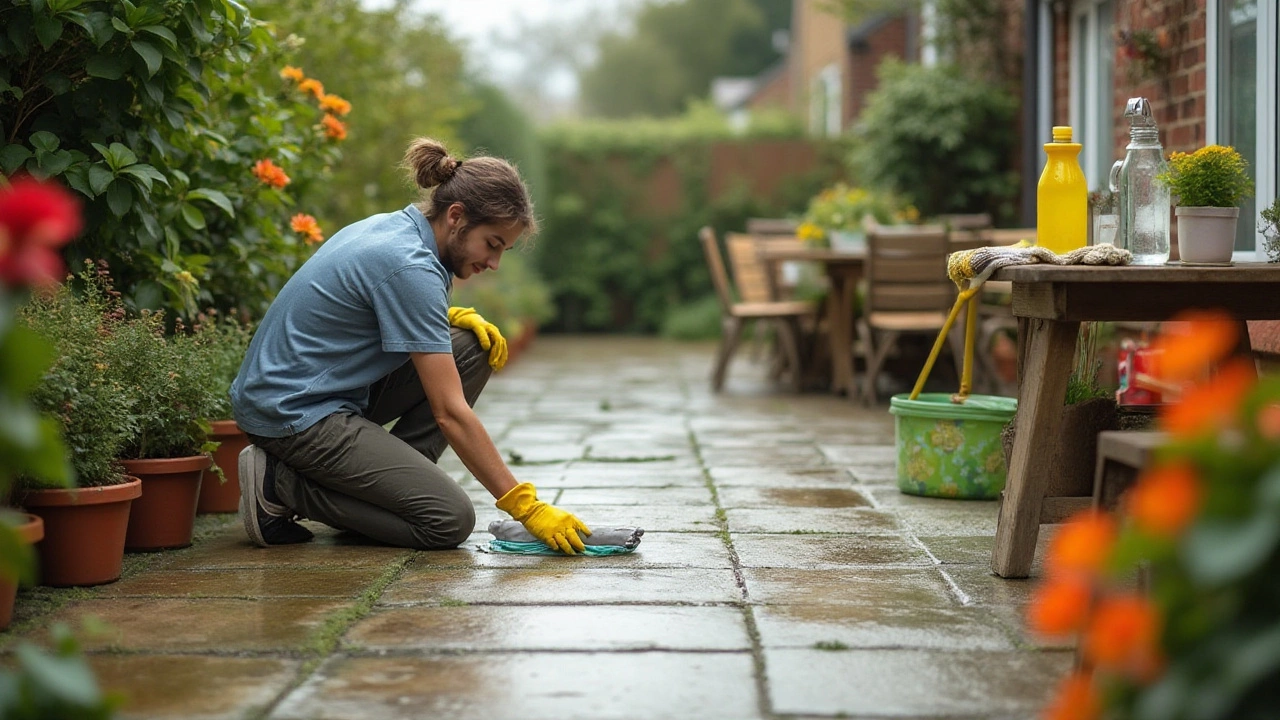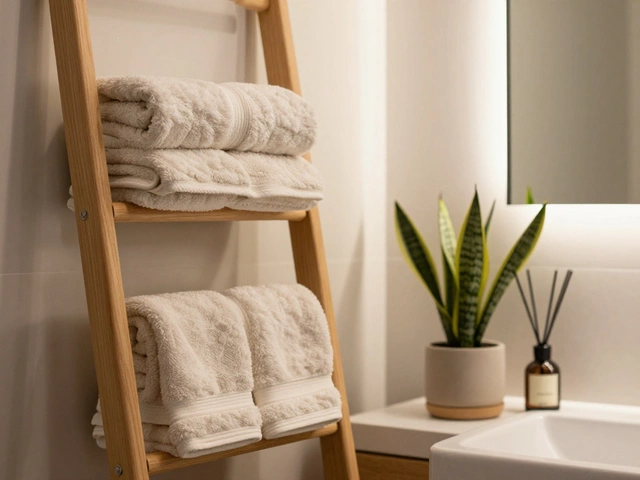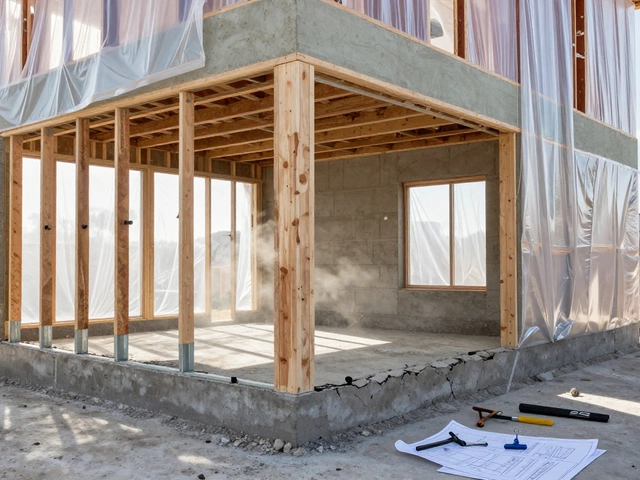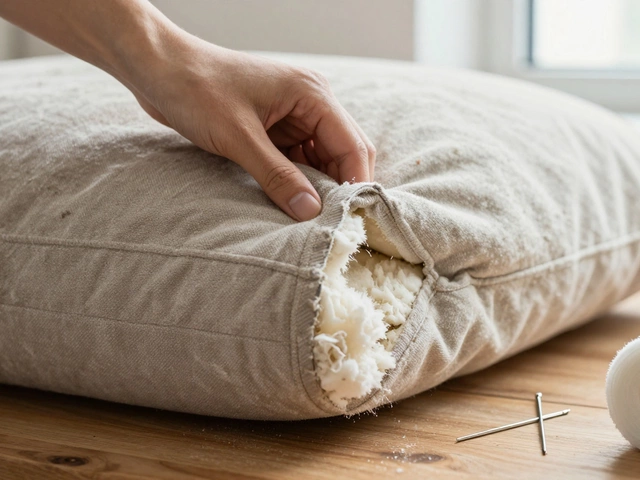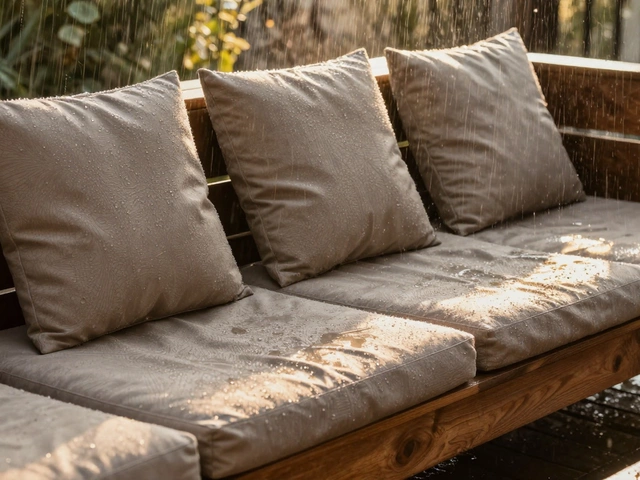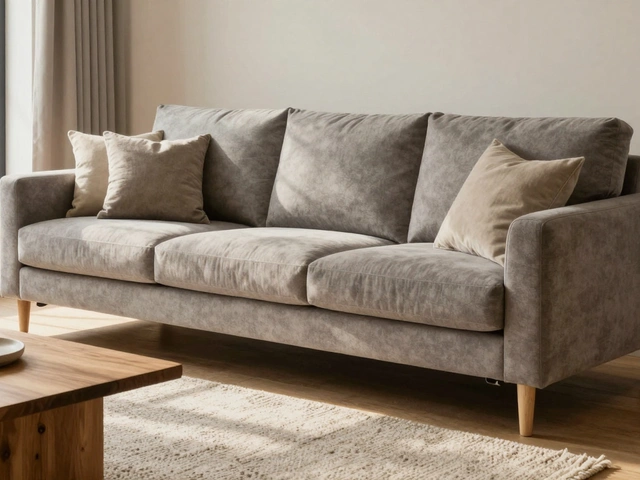Mold Removal
When dealing with mold removal, the process of eliminating mold growth from surfaces and preventing its return. Also known as mold remediation, it is essential for a healthy home. Equally important is mold prevention, strategies that stop mold from forming in the first place. A key part of that strategy is humidity control, keeping indoor moisture levels low enough to deny mold a breeding ground. When furniture gets caught in the crossfire, furniture restoration, the repair and cleaning of affected pieces becomes the next step. Together, these elements shape indoor air quality, which directly influences how quickly mold can take hold.
Why Mold Shows up in Your Home
Most people think mold only lives in bathrooms, but it loves any damp spot: basements, attics, and especially storage areas where furniture sits for months. When humidity climbs above 60 %, spores settle on wood, fabric, or drywall and start to feed. Poor ventilation and leaks create pockets of moisture that stay hidden until you notice a musty smell or see black spots. Even if you’ve cleaned a couch once, the spores can linger in the seams and re‑appear once the environment gets right again. Understanding these sources helps you pinpoint the right removal method and avoid a repeat performance.
Every mold removal job begins with a quick assessment. Look for discoloration, fuzzy growth, or a lingering odor. Wear a mask and gloves, and test the area with a moisture meter if you have one. Safety is non‑negotiable: some molds release spores that can irritate lungs or cause allergic reactions. Once you’ve confirmed the extent, you can choose a cleaning agent – diluted bleach (1 cup per gallon of water), white vinegar, or commercial mold remover – depending on the surface. Apply, scrub gently, then rinse and dry thoroughly. The drying phase is where mold removal truly wins; without proper airflow, the spores will simply bounce back.
Prevention takes the same amount of effort as removal, but it pays off in the long run. Start by installing a dehumidifier in high‑risk rooms and setting it to keep humidity below 50 %. Use exhaust fans during showers and cooking, and keep windows open when weather permits. For furniture in storage, wrap items in breathable cloth, avoid plastic bags that trap moisture, and place silica packets or desiccants inside cabinets. Regularly inspect roofs, gutters, and plumbing for leaks – a tiny drip can become a mold hotspot in weeks.
If mold has already attacked a cherished chair or wooden table, don’t rush to discard it. Begin with the same cleaning steps, then sand the affected area lightly to remove any remaining spores. After sanding, apply a mold‑resistant primer followed by a sealant or paint designed for high‑moisture environments. This not only restores the piece’s appearance but also adds a barrier that makes future growth harder. For upholstered items, professional deep‑cleaning services can extract spores from the core of cushions, while you can treat the surface with an antifungal spray.
Sometimes the job is bigger than a weekend DIY project. When mold spreads across large wall sections, HVAC systems, or structural beams, call in a certified remediation specialist. Professionals have containment gear, negative‑pressure machines, and air‑quality testing equipment that ensure the problem is fully eradicated. They also provide documentation for insurance claims, which can be a lifesaver if water damage triggered the outbreak. Integrating professional help into your overall home maintenance routine means you stay ahead of hidden risks.
Now that you know what triggers mold, how to clean it safely, and which preventive habits keep it away, you’re ready to dive deeper. Below you’ll find a hand‑picked collection of articles covering everything from DIY furniture makeovers after mold exposure to choosing the right dehumidifier for your space. Each post adds a layer of practical insight, so explore the list and arm yourself with the tools you need for a mold‑free home.
Effective Methods to Eliminate Mold from Your Patio
Mold can turn your beautiful patio into an unsightly and unhealthy space. Discover practical solutions to tackle this persistent problem and restore your outdoor haven. From simple household remedies to commercial options, address the underlying causes of mold and keep your patio clean and safe for relaxation and gatherings.
full article